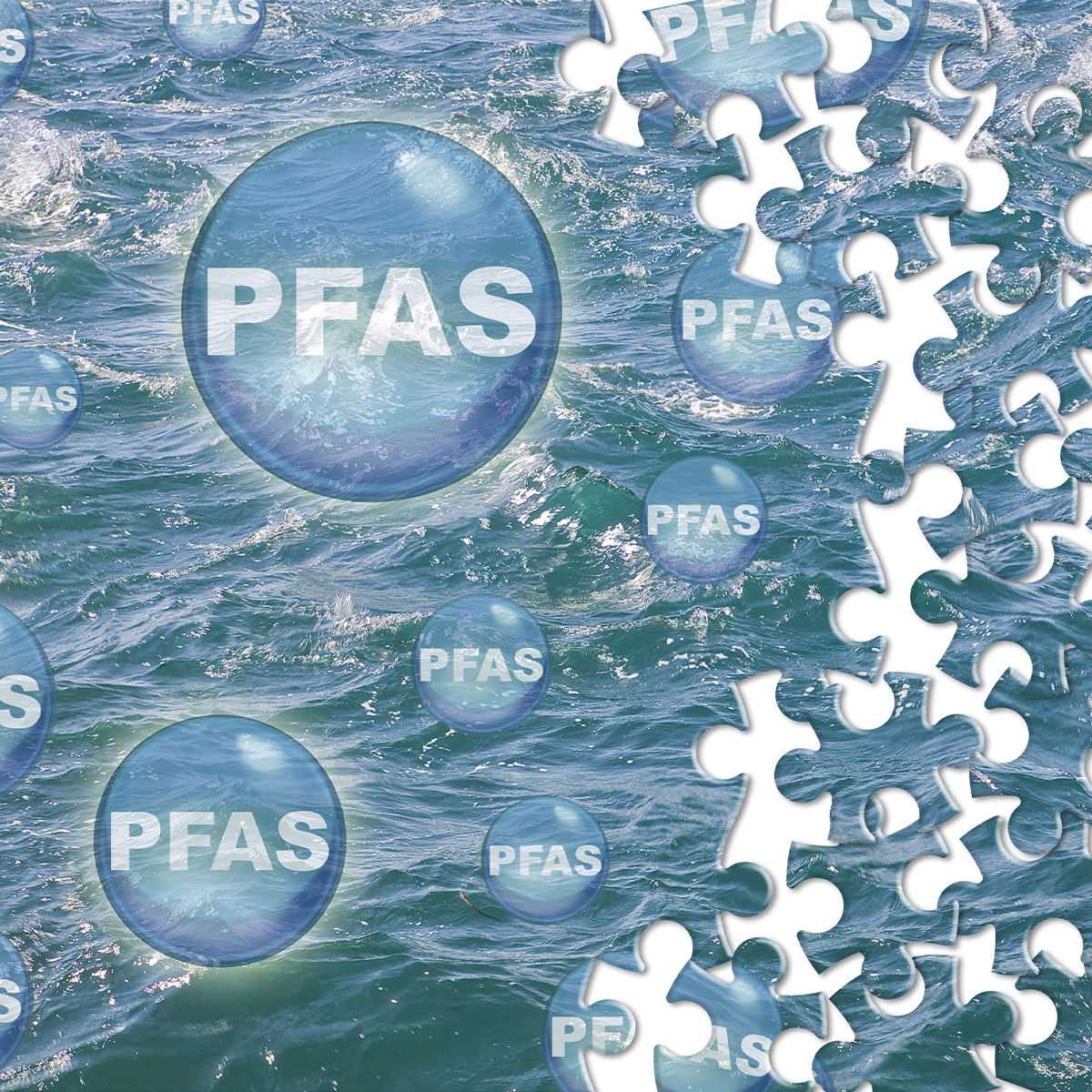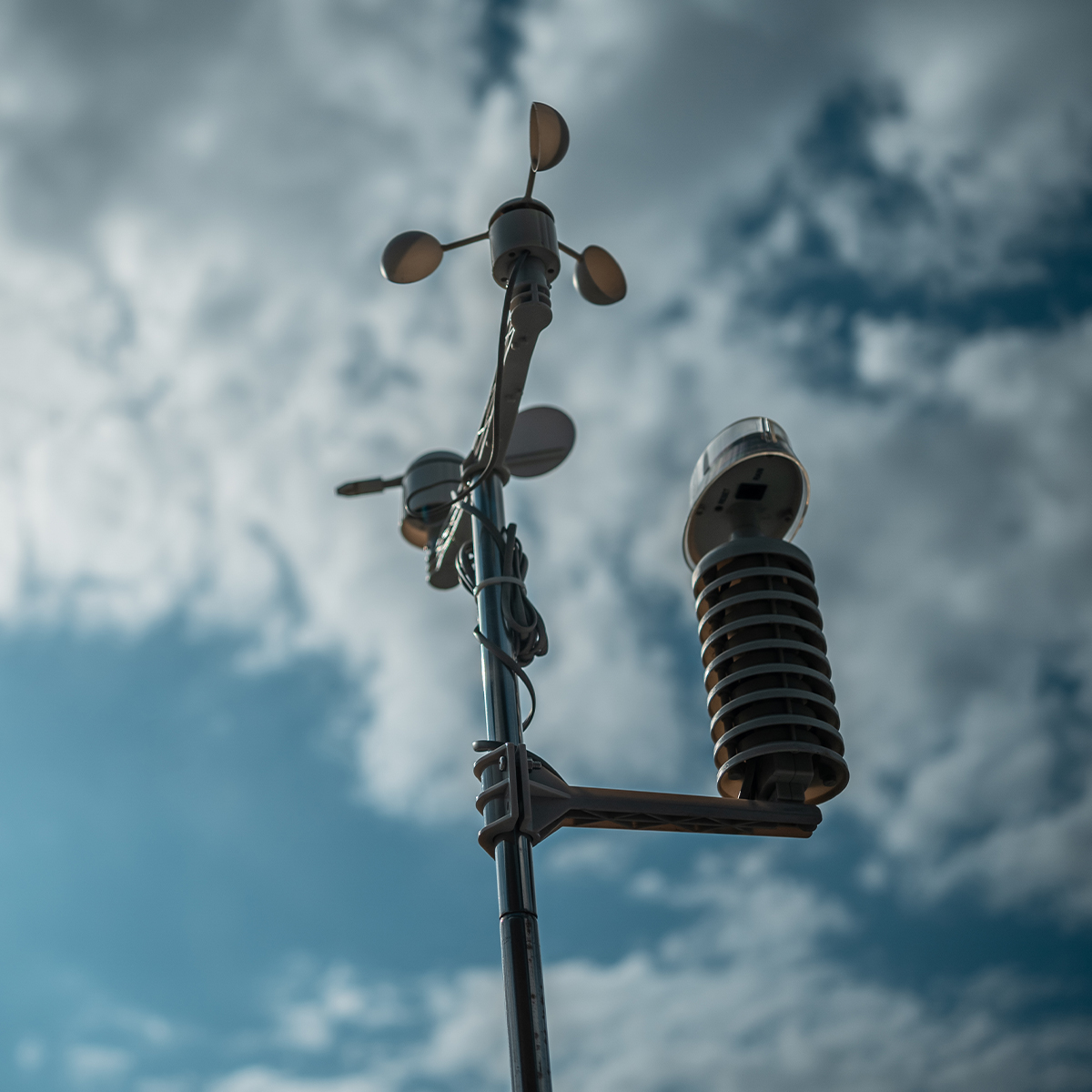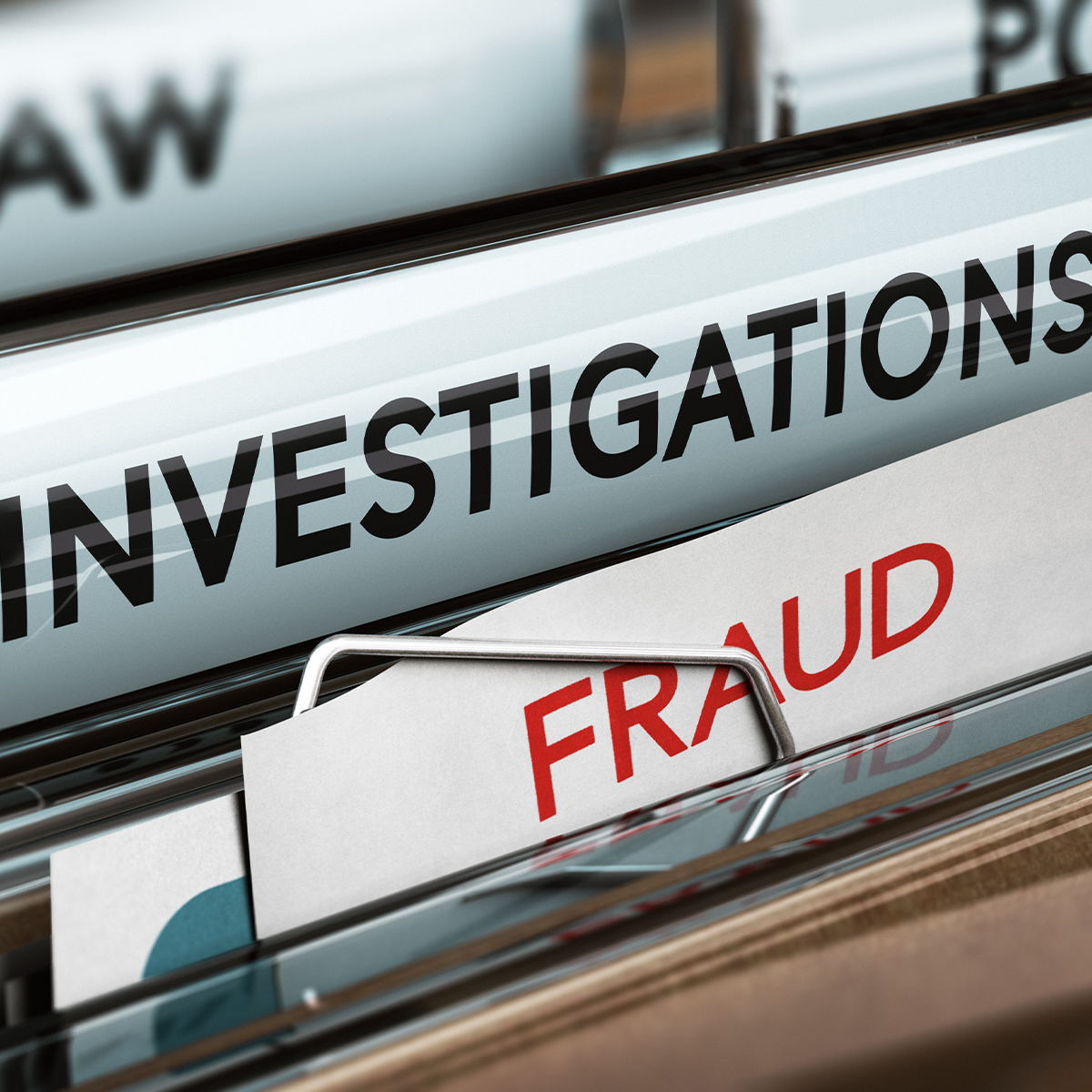-
Property & Casualty
Property & Casualty Overview

Property & Casualty
We offer a full range of reinsurance products and the expertise of our talented reinsurance team.
Expertise
Publication
Structured Settlements – What They Are and Why They Matter
Publication
PFAS Awareness and Concern Continues to Grow. Will the Litigation it Generates Do Likewise?
Publication
“Weather” or Not to Use a Forensic Meteorologist in the Claims Process – It’s Not as Expensive as You Think
Publication
Phthalates – Why Now and Should We Be Worried?
Publication
The Hidden Costs of Convenience – The Impact of Food Delivery Apps on Auto Accidents
Publication
That’s a Robotaxi in Your Rear-View Mirror – What Does This Mean for Insurers? -
Life & Health
Life & Health Overview

Life & Health
We offer a full range of reinsurance products and the expertise of our talented reinsurance team.

Publication
Key Takeaways From Our U.S. Claims Fraud Survey
Publication
Favorite Findings – Behavioral Economics and Insurance
Publication
Individual Life Accelerated Underwriting – Highlights of 2024 U.S. Survey
Publication
Can a Low-Price Strategy be Successful in Today’s Competitive Medicare Supplement Market? U.S. Industry Events
U.S. Industry Events
Publication
The Latest in Obstructive Sleep Apnea -
Knowledge Center
Knowledge Center Overview

Knowledge Center
Our global experts share their insights on insurance industry topics.
Trending Topics -
About Us
About Us OverviewCorporate Information

Meet Gen Re
Gen Re delivers reinsurance solutions to the Life & Health and Property & Casualty insurance industries.
- Careers Careers
A Ferry and Bulk Carrier Collision – Four Points of View

April 09, 2019
Beth Breton
Region: North America
English
I recently returned from the American Bar Association’s Admiralty and Maritime Law Committee meeting in New Orleans (March 22-23) where our panel discussion examined the various issues and tasks that should happen following a serious collision between a fully-loaded passenger ferry and a bulker carrying grain.1
The made-up scenario was that a foreign-owned bulk carrier entered the waters of a U.S. port while a U.S.-owned ferry was taking its last run on a foggy night with 400 passengers aboard. They were on a collision course and saw each other on radar. However, the bulker lost steering, and the ferry realized the situation too late to slow down and avoid collision. The ferry hit the bulker’s port side, left the channel and was grounded. The bulker’s hull was penetrated from amidships aft.
To convey the underwriter’s perspective in this maritime case, panelist Peter Knowles, who is President of KALM Seas Insurance, reviewed the application process for underwriting the Hull & Machinery (H&M) and Protection & Indemnity (P&I) policies. He discussed the need for objective condition surveys before rating the risks and the need for the preferred U.S. versions of coverages for the local ferry versus the bulker’s needs as a global trader. Knowles suggested possibly placing Hull coverage in London and P&I with an International Group Club.
The next panelist represented what would be the owners’ and operators’ perspectives for the vessels. Courtney Crawford, who in real life is Senior Counsel at Matson Navigation, emphasized the importance of having procedures in place for the ship’s crew and the shoreside personnel in the event of a casualty or catastrophe, avoiding panic and guesswork. She also stressed that the top priority is the safety of passengers and crew, followed by property and environment. The next step, she maintained, is to obtain immediate assistance for the passengers, crew and vessels. Once help is underway, calls to all involved insurers would open lines of communication, so investigations could get underway. Owners should always have a designated line for their insurers and a communications specialist to handle media inquiries.
As the insurer on the panel, my views started from the point of implementing the Emergency Response Teams for both H&M and P&I. I continued with the issues of aiding the insured in securing the assets required to preserve life and property, as well as hiring the best attorneys and experts for the catastrophe. I emphasized the importance of communicating with the other insurers to divvy up responsibilities and arrange for joint surveys and interviews. Uncovering unseaworthiness or drug usage of the crew could affect coverage. I also noted that cargo underwriters will likely try to recover their losses from the bulker’s P&I. An investigation into the cause of the bulker’s steering failure and other operational issues would fall to the hired experts.
The final perspective was panelist Dr. Tim Tresierras, whose expertise is in mechanical engineering. He analyzes the causes of the loss, assures that evidence is preserved and supports legal counsel at trial. Tim discussed what evidence and information he would secure to evaluate physical and operational failures that led to the collision. GPS, logbooks, maintenance records and inspection of the bulker’s steering gear would aid in his conclusions, which he’d communicate to counsel in anticipation of a legal battle over Collision Liability.
In today’s world of immediate communication through social media, it’s crucial that ship owners get out in front of any serious casualty. They need to give prompt, accurate information to the public and work as a team with their underwriters, attorneys and experts. It won’t be fun if the crisis is real, but having all these tasks top of mind should help mitigate any damage to reputation and result in speedy resolutions to the property and liability claims that would inevitably be presented.
Endnote
- The panel consisted of:
- Juliette McCullough, a partner with Cox, Wootton, Lerner, Griffin & Hansen of San Francisco, was our moderator.
- Peter Knowles, President, KALM Seas Insurance: Taking the Underwriters’ perspective of risk analysis and marine policies provided for both vessels.
- Courtney Crawford, Senior Counsel, Matson Navigation: Looking at the Owners’/Operators’ responses and concerns for both vessels following the casualty.
- Beth Breton, Vice President, Gen Re: Taking the Insurers’ role as H&M, P&I and Cargo Interests in managing and evaluating the losses.
- Timothy Tresierras, Ph.D., Mechanical Engineer: Discussing the Expert’s role to analyze the causes of the loss, preserve evidence and support legal counsel at trial.




